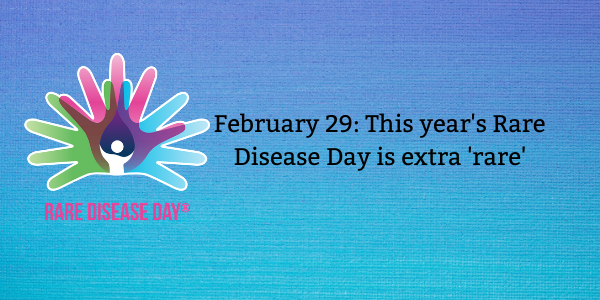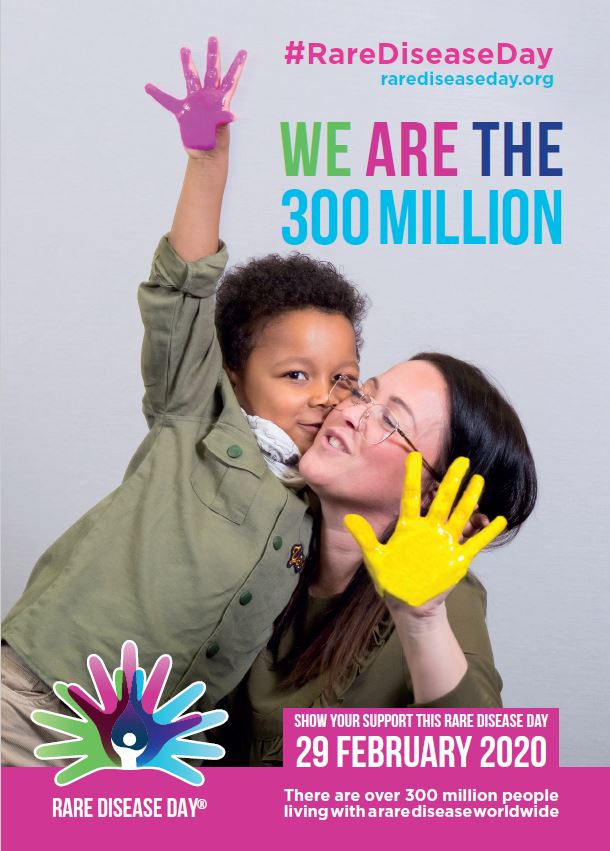
February 29: This year’s Rare Disease Day is extra ‘rare’

Rare disease Day is observed by people all around the world on the last day of February. This year’s Rare Disease Day is indeed more ‘rare’. Guess why? This year is a leap year and as we all know, it comes once in four years which makes the year and ‘Rare Disease Day’ extra ‘rare’. The Rare Disease Day Slogan for 2020 is “Rare is Many. Rare is Strong. Rare is Proud”.

The first Rare Disease Day was celebrated in 2008 on 29 February, a ‘rare’ date that happens only once every four years. Ever since then, Rare Disease Day has taken place on the last day of February, a month is known for having a ‘rare’ number of days.
Rare diseases are one of the biggest challenges that our Indian Healthcare system faces. ‘A rare disease is a health condition of low prevalence that affects a small number of people compared with other prevalent diseases in the general population,’ says Ministry of Health and Family Welfare. Lancet’s editorial on Rare Diseases Day says that it is an opportunity to reflect on the lives of the estimated 400 million people globally who are affected by one of 6000–8000 rare diseases, most of them genetic. The study also adds that diseases were long neglected, but large international initiatives such as EURORDIS and Rare As One have been set up to represent patients’ voices, highlight the disease burden (including psychological aspects) on patients and their families, share data and knowledge, promote collaboration, and fund research into the causes of rare diseases and novel therapeutics.
Millions of Patients doesn’t have any treatment options since targeted drugs are only available for a few hundred of these disorders. Though the US Food and Drug Administration and European Medicines Agency approved Voretigene neparvovec-gene therapy for RPE65-mutated Leber congenital amaurosis in 2017 and 2018 respectively, the treatment cost is not affordable to most patients. ‘NHS England has reached a NICE-endorsed deal with the drug manufacturer to provide this treatment as part of the NHS Long Term Plan, and last week the first patients were treated at two hospitals in London,’ reads the Lancet article.
In the Indian scenario, the treatment cost of some of the rare diseases is somewhere between INR 10 lakh to 1 crore per year. Also, the patient has to be on the treatment for his/her entire life, hence, depending on the patient’s age, there is a regular increase in the dosage and cost of the medicine.
To curb the situation, the Ministry of Health and Family Welfare plans to provide financial support of up to Rs. 15 lakh for treatment of certain rare diseases, to patients living below the poverty line. This step will extend the benefits of their Ayushman Bharat Scheme to more people.
Another thing we can do is ‘crowdfunding’. With the advent of social media, the crowdfunding has the power to reach a large number of people in a short time.
On this RARE Disease Day, let’s aim for increased equity for people living with a rare disease and their families. Let’s make them understand that Rare is strong, indeed, Rare is Proud!
Source: The Lancet, Financial Express
https://www.rarediseaseday.org/downloads